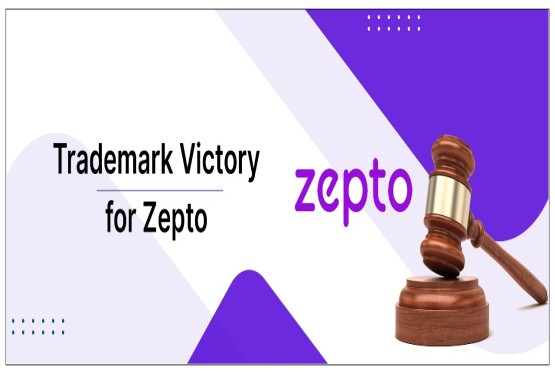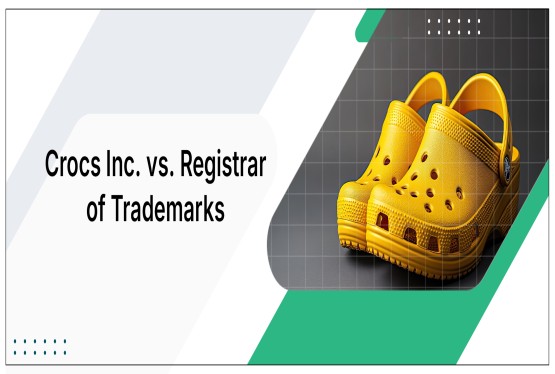Brand name is not just a label, it reflects the identity, consumer trust and consumer loyalty. The dispute over the use of the name “Thinkbook” is a classic case that highlights the importance of distinctiveness and exclusive rights in trademark law. This case falls under Class 9 of the Nice Classification, which primarily includes computer hardware, software, and related electronic goods.
Background of the Dispute
The conflict involves two entities—both using the trademark “Thinkbook” in relation to electronic and computing devices such as laptops and related accessories. One party, presumed to be affiliated with Lenovo, claims prior use and registration of the mark “ThinkBook” under Class 9, supported by substantial global presence and commercial goodwill.
What is Section 57 of the Trade Marks Act, 1999?
Section 57 empowers any person aggrieved to apply to the Registrar or the High Court for:
-
Removing a registered trademark from the register,
-
Or correcting an error or defect in any entry in the register.
The grounds for rectification include:
-
Wrongful registration,
-
Registration without sufficient cause,
-
Absence of distinctiveness,
-
Non-use or abandonment,
-
Misrepresentation or bad faith.
This provision ensures that the Register of Trademarks remains accurate, up-to-date, and not misleading to the public or to the trade.
Legal Issues in the Thinkbook vs Thinkbook Case
1. Deceptive Similarity Under Class 9
The dispute centers on the visual, phonetic, and conceptual similarity between the marks. Class 9 deals with goods such as:
-
Laptops,
-
Mobile devices,
-
Computer software,
-
Batteries,
-
Peripheral electronic devices.
Given the similarity in the name and the overlap in product category, there's a high likelihood of confusion in the minds of consumers. Now, Lenovo (or its associated company) has asked the Trademark Office or Court to remove the other “Thinkbook” name from the records.
2. Prior Use and Acquired Distinctiveness
The party seeking rectification under Section 57 is required to show:
-
Prior registration or continuous commercial use, and
-
The mark has acquired a distinctive identity through advertisement, market share, and consumer association.
If Lenovo or its affiliate demonstrates that its ThinkBook mark is recognized in the market long before the other entity’s usage or registration, the court or the Registrar may order rectification.
3. Misrepresentation and Bad Faith
The applicant may also argue that the opposing party acted in bad faith by attempting to register an identical or confusingly similar trademark with the intention to benefit from the reputation and goodwill of the original brand.
Key Provisions Involved
|
Provision |
Purpose |
|
Section 57 |
Rectification of Register – for removing or correcting wrongly registered marks |
|
Section 11(1)(a) |
Refusal of Trademark registration for identical/similar marks for similar goods causing confusion |
|
Section 29(1) & 29(2) |
Trademark Infringement by use of a mark identical/similar to a registered trademark for identical goods |
|
Section 2(zb) |
Definition of a trademark, emphasizing distinctiveness and consumer association |
Expected Legal Remedies
If the application for rectification under Section 57 is successful, the following reliefs may be granted:
-
Cancellation of the infringing “Thinkbook” mark from the trademark register.
-
Cease and desist orders against further use of the impugned mark.
-
Restoration of exclusivity to the original “ThinkBook” mark holder under Class 9.
Additionally, the aggrieved party may initiate a separate infringement or passing off suit under Section 29 if commercial harm or consumer deception can be established. This dispute serves as a critical reminder to businesses—especially in tech and electronics—that:
-
Trademark clearance and availability checks are vital before launching products.
-
Trademark rights are not limited to full names but include prefixes, suffixes, and conceptually similar phrases.
-
The register is not a final guarantee; wrongly entered marks are subject to scrutiny and removal under Section 57.
Conclusion
The Thinkbook vs Thinkbook matter underscores the significance of vigilant brand protection and proactive legal enforcement in the digital economy. Section 57 of the Trade Marks Act plays a key role in ensuring that only genuine, distinctive, and rightfully owned marks remain on record, safeguarding both businesses and consumers from confusion and deceptive practices. As tech companies continue to innovate and expand their product lines, clear and enforceable trademark rights will remain a cornerstone of fair competition and brand integrity in India’s IP.






























_(b)_of_the_Trademark_Act,_1999_(1)_crop10_thumb.jpg)



_crop10_thumb.jpg)




























_crop10_thumb.jpg)
_crop10_thumb.jpg)






_crop10_thumb.jpg)








_crop10_thumb.jpg)



_crop10_thumb.jpg)





























_crop10_thumb.jpg)

















_crop10_thumb.jpg)






_crop10_thumb.jpg)












































































































































_crop10_thumb.jpg)




































_crop10_thumb.jpg)












_crop10_thumb.jpg)





























